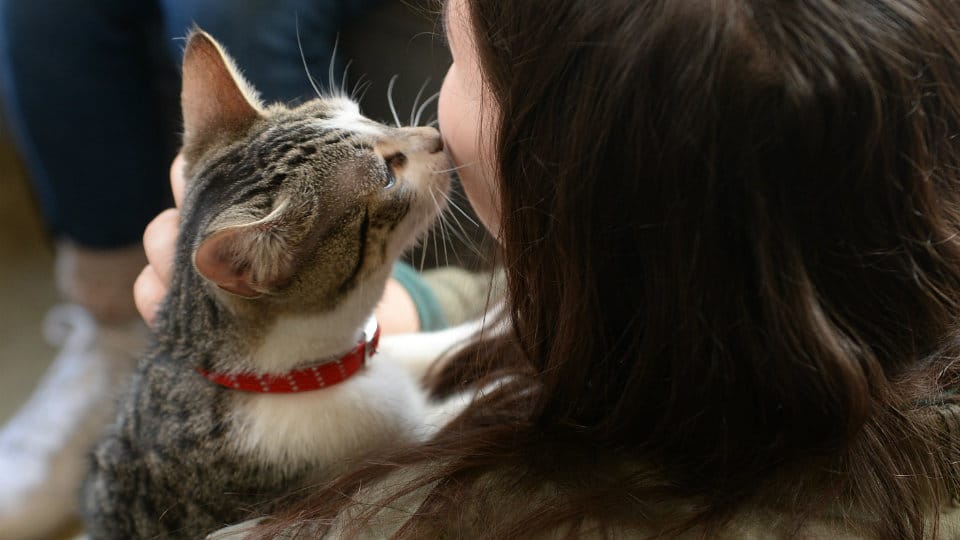Two of the most popular pets are dogs and cats. Given the steadily shrinking living space in particularly overcrowded cities for the human residents, fascinatingly called metros, these companion animals may become history in course of time. Restrictions are already being imposed denying pets to share space in multistoreyed apartments, including those that have come up in Mysuru. Passenger aircrafts and public transport are out of bounds for the pets while the Department of Railways have not disappointed travellers with their pets partially given the facility of secured separate enclosure for the pets travelling with their caretakers. While pet dogs enjoyed celebrity status of sorts, such as their species in Mysuru, their counterparts taking shelter in the open and dubbed as strays came very close to getting eliminated not too long ago. Thanks to voluntary groups such SPCA (Society for Prevention of Cruelty to Animals), People for Animals (Mysuru) and others taking up their cause, the strays were sterilised and allowed to carry on like before the clamour by residents of the city to rid the territory of dog menace.
Guardians of pets, particularly those spending tidy sums to acquire dogs of the favourite breed and also provide quality feeds with popular brand names are themselves in an elite class, forming exclusive clubs and complying with well-stated ground rules with which lay people are not familiar. The regularly happening canine shows find the dog-lovers in a world of their own.
Some interesting features came to light in the wake of Mysuru’s civic body acting in response to residents expressing fears of rabies in the city. Firstly, most of the so-called strays were actually pets of families living in clusters along many streets. Residents of slums also treated dogs living amidst them as their pets. The popular feeling that the city hosted a surfeit of the species was strongly denied by a group of biologists who averred that unlike humans, the strays effectively avoided population explosion by self-monitoring their reproductive faculty. At last, the three parties namely a) residents not inclined to share the city’s space with dogs, b) lovers of species and c) the civic body together put in place an organised system in which publicly-cared pets, similar to privately owned pets, were enabled to live happily ever after.
Pets, including species other than canines, are receiving better healthcare than years ago as veterinarians have set up clinics for addressing the health issues of the pets. According to a recent report in a section of the press quoting Euro-monitor International, Indians spent 19.8 billion rupees on pet care last year. The pets couldn’t have asked for more.








SPCA is not helping the public to live hygenically. all the stray dogs must be caught and leave them in remote forest area. particularly these dogs are nuisance in the apartment complexes and health hazaard. sometimes we find their toilet drops are found in lifts also ! added to these the study by way of research has predicted that dogs hairs are the most dangerous health hazard. consuming food with their hairs in the apartments or in the houses will lead to cancer. particularly when very small children are consuming of the hairs will block the food cord in the throat of the children. so SPCA wake up and allow the corporation authorities to catch stray dogs and to leave them in the nearby forests. do not on prestige issue. we have seen many times these stray dogs have bitten many – small children playing or sometimes barking and as well biting near shops.
i request a good samaritan advocate will file a case a in the court of law and bring in a law that all stray dogs must be caught and leave them near the forest which can be a good food for animals.